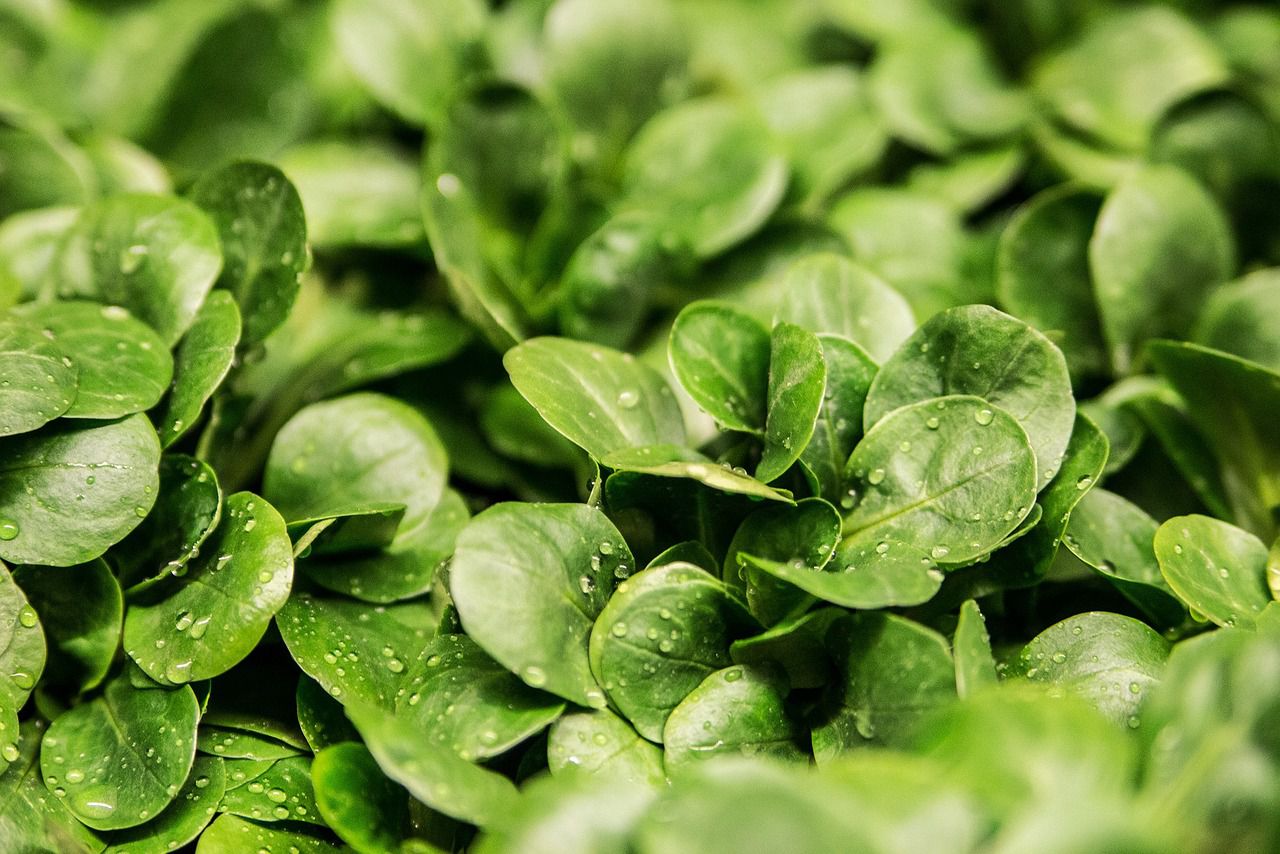When preparing a salad, it's important to consider the flavors, textures, and moisture levels of the vegetables you're combining.
Some vegetables don't pair well together in a salad due to their contrasting characteristics, which can result in an unbalanced or less enjoyable taste.
Here are a few examples of vegetables that may not go well together in a salad.

Cucumbers and Tomatoes
Cucumbers and tomatoes are often used together in salads, but their moisture levels can clash.
Tomatoes release juices that can make cucumbers soggy and dilute their flavor.
If you still want to use both, consider draining the tomatoes or using them sparingly.
Radishes and Sweet Fruits
Radishes have a peppery and slightly bitter flavor, which can conflict with the sweetness of fruits like strawberries or melons.
The contrasting flavors may not create a harmonious taste.
Onions and Strongly-Flavored Greens
If you're using strong-flavored greens like arugula or mustard greens, raw onions can overpower the delicate balance of flavors.
Onions are better suited for milder greens like lettuce.
Avocado and Citrus
While avocado and citrus can be delicious separately, combining them can result in a textural clash.
Avocado's creamy texture may not pair well with the juiciness of citrus fruits.
Leafy Greens and Moist Ingredients
Mixing overly moist ingredients like cucumber, watermelon, or tomatoes with delicate leafy greens can make the greens wilt quickly and create a soggy salad.













